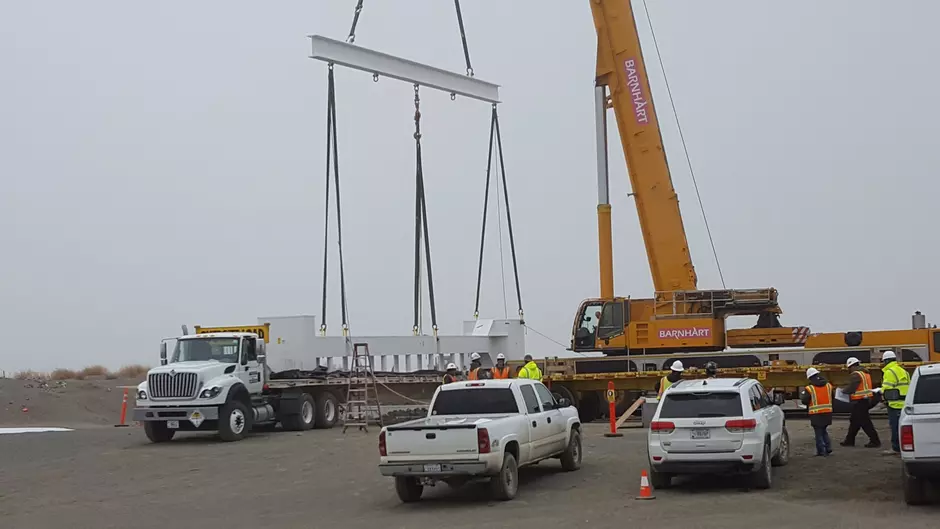VNSFS was at the center of operations of the Transuranic (TRU) Waste Processing Center on the DOE complex in Oak Ridge, Tennessee, for nearly a decade, as the prime contractor for six years and then as the subcontractor managing operations and hot cell activities. We shipped more than 1,500 55-gallon drums of TRU waste to the Waste Isolation Pilot Plant in New Mexico. We also packaged and shipped low-level and mixed low-level radioactive waste for disposal at the Nevada National Security Site.

We have managed the Environmental Restoration Disposal Facility (ERDF) at Hanford since 2013, where we are responsible for the full spectrum of management and operation of DOE’s largest landfill. We work closely with all Hanford waste generators to ensure waste acceptance criteria and regulatory compliance are met during all phases of waste generation, containerization, transport and disposal activities. Our innovative methods of packaging and disposing of large contaminated items from throughout the Hanford Site have resulted in significant savings for DOE.
In January 2023, VNSFS and its joint venture partner, CTI and Associates, Inc., were awarded the contract to manage both ERDF and the Integrated Disposal Facility (IDF) at Hanford to support operations through 2029 (with options).
VNSFS personnel supported all of the site preparation work for the On-site Waste Disposal Facility at the DOE's PORTS Site in Ohio, including finishing the first cell and disposal ramp for the landfill, which started accepting waste in 2022.
VNSFS annually processes more than a million tons of radioactive material at its Alaron Nuclear Services licensed facility in western Pennsylvania, including dry active waste, metals, soil, rubble, and large components such as turbine rotors and large heat exchangers. In addition to processing materials for disposal or recovery, Alaron extends its Nuclear Regulatory Commission (NRC) licenses as a service to several different companies in the nuclear space. Click here to learn more.
Our technologies focus on remotely accessing waste, separating the challenging waste and ultimately stabilizing the waste into a disposable form. By using our separation and stabilization techniques, the overall volume of waste requiring disposition is greatly reduced.





